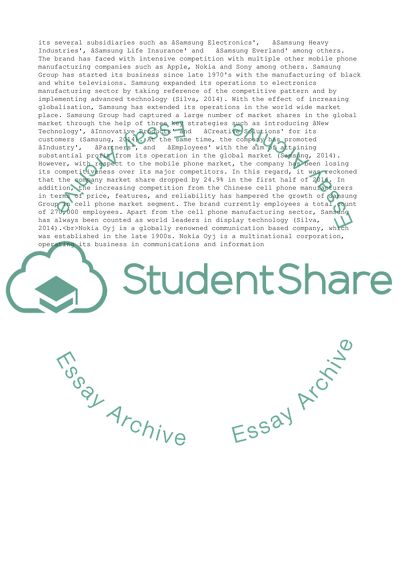Cite this document
(Managing Innovation Assignment Example | Topics and Well Written Essays - 2750 words, n.d.)
Managing Innovation Assignment Example | Topics and Well Written Essays - 2750 words. https://studentshare.org/management/1847492-managing-innovation
Managing Innovation Assignment Example | Topics and Well Written Essays - 2750 words. https://studentshare.org/management/1847492-managing-innovation
(Managing Innovation Assignment Example | Topics and Well Written Essays - 2750 Words)
Managing Innovation Assignment Example | Topics and Well Written Essays - 2750 Words. https://studentshare.org/management/1847492-managing-innovation.
Managing Innovation Assignment Example | Topics and Well Written Essays - 2750 Words. https://studentshare.org/management/1847492-managing-innovation.
“Managing Innovation Assignment Example | Topics and Well Written Essays - 2750 Words”. https://studentshare.org/management/1847492-managing-innovation.


